2019 newsletter year in review
This was the 2019 annual review for the newsletter I write at Avoid Boring People:
Note that the monthlies are free, focused on finance, tech, and personal growth. The weeklies are paid, on any subject I find interesting, and less polished than the monthlies. Importantly, the weeklies are eventually published on this personal site as well on a lag. The benefit of subscribing is to get them directly and to support a broke author.
Takeaways
- 5 favourite articles I wrote, 10 favourite links I sent, and 6 new additions to my reading list
- 15 shoutouts to friends and acquaintances building cool stuff
- Reflecting on the newsletter flywheel and introducing a paid weekly update tier
Experimenting with paid weekly subscriber updates
Starting Jan 25 I’ll be experimenting with paid weekly updates, in addition to the free monthly update. I’ll elaborate in the annual review section at the bottom of this email, and the main points are:
- Pricing is $6/mth or $60/year. Early subscribers will get pricing of $5/mth or $50/year (~20% discount)
- This gets you early, direct access to weekly content that will be shorter and more varied
- Monthly content will remain free for as long as I keep writing
If you like living life loosely and don’t need to know more before sending strangers stipends, here’s the paid subscription button:
And now, here’s how we avoided boring people in 2019:
Favourite articles I wrote
Of course, all my writing is the best can keep getting better. Nevertheless, these were my favourite pieces the past year [1]:
- Would you buy the Libra Neopet Kin token? In which I profess to not understanding Facebook’s Libra at all
- Can you see things in a different way? In which I realise everyone visualises things differently

- Why were freelance monks banned by the church? In which I comment on why Nassim Taleb thinks employment is legal slavery
Slave ownership by companies has traditionally taken very curious forms. The best slave is someone you overpay and who knows it, terrified of losing his status
- Tell me why. In which I question why we believe in anything at all
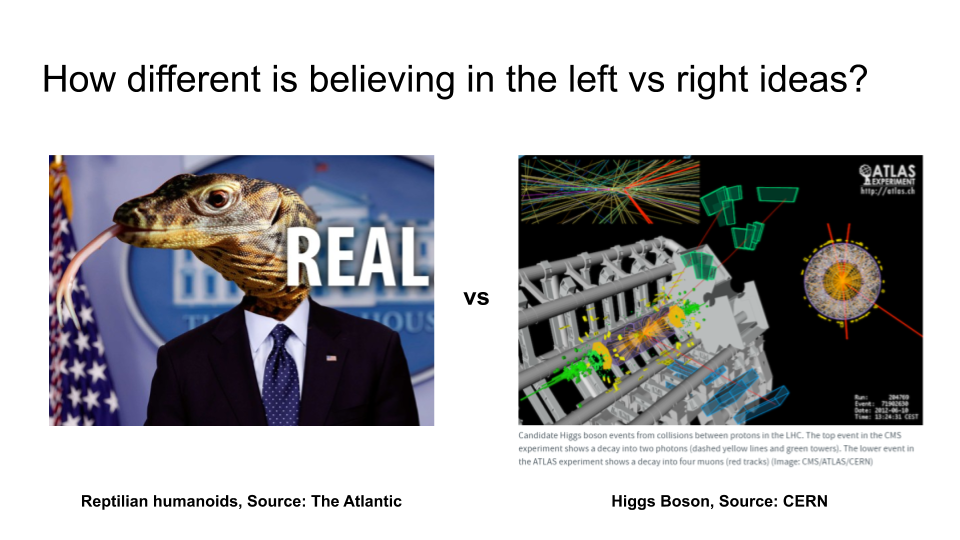
- Public secrets. In which I list secrets industry insiders all know but wouldn’t want to admit publicly
Rigged: News sites, universities, music competitions
Favourite links I sent
Here were the favourite links that I sent [2]:
- Cuban sonic weapons, chainsaw puffins, and tortoise sex
- The US trade imbalance won’t be fixed by focusing on trade since it’s actually a capital inflow problem [3]
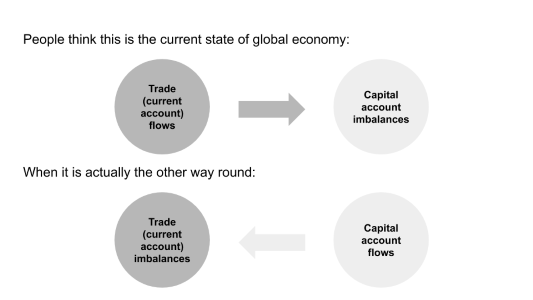
- Reconstructing facial images based on voice data. Note that the idea wasn’t to recover an exact image, but common visual features that connected with speech attributes.
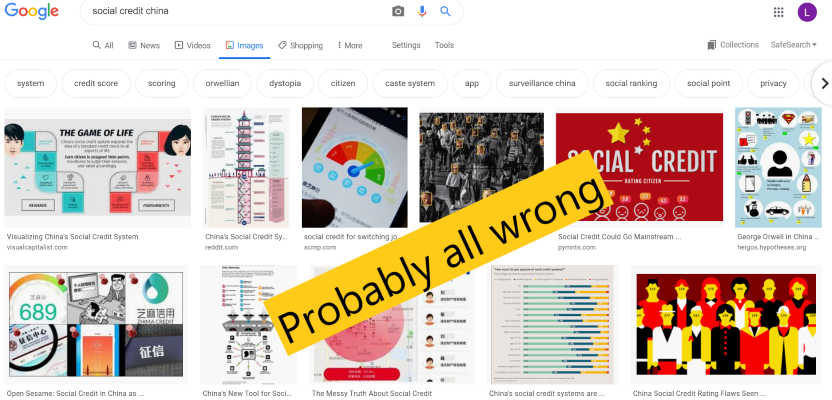
Moloch whose brief mind is the barrel of gleaming stars! Moloch whose soul is choices of fragrance! Moloch whose framing is glitz and half-cheerios!
Moloch! Moloch! Nightmare of Moloch! Moloch the loveless! Mental Moloch! Moloch the heavy judger of men!
Moloch for I don’t believe in god! Moloch who, fought Sins and made Sin out of Sin!
- Women remain unmarried because they lack partners with comparable socioeconomic status, not just because of a sex ratio imbalance
- Being pierced and hung on a large hook for greater self-regard and social status.
- How to conduct more effective premortems
- How the Cretaceous Period seashore affects how Alabama votes

New additions to my reading list
- Geoff Yamane for investing, start with his post on the investing meta-game
- The Diff by Byrne Hobart for inflection points in finance and tech, start with his post on what to do when you’ve spotted a bubble
- The Profile by Polina Marinova for stories of interesting people
- Movements by Michal Naka and Adam Feldman for news in mobility and transportation
- Josh Breinlinger for VC frameworks, start with his post on marketplace rake factors [4]
- Brett Bivens on the future of work, wellness, and media. Start with his piece on the consumer subscription roll up opportunity
Shout outs
Friends and acquaintances worked hard on fascinating things last year. Please feel free to reach out if you’re interested in what they do. Note that none of the below is investment advice and I might have a financial or personal interest in the company [5]
- Lindsay Burton of Kayo organises industry events for women investors, her leadership retreat has bestselling author Chris Voss (Never Split the Difference) coming to speak
- Caroline Barton of Modatrova is bringing emerging fashion brands to shoppers in private settings. She’s looking for women who are tastemakers in their community who would be interested in hosting such events
- Ben Arnstein started Kaliflower, a Spice Road inspired restaurant in Chicago currently rated 4.8 stars on Google
- Bilyana Freye and Luuk Derksen started Hoppin, a job shadowing marketplace. You can read about my experience here
- Trisha Goyal started Break the Love, a concierge tennis service that helps you book courts, request games/rallies, and book a Pro to help with your game. They’re looking for ppl with a tennis court or club in Upstate NY/Hamptons
- Nigel Glenday at Masterworks is building a platform to invest in shares of famous art
- Robert Terrin at Tail Risk is working on cyber security
- Julian Weisser started On Deck, “where top talent goes to explore what’s next.” Applications for their next cohort are open
- Benjy Leibowitz co-founded InHouse, an exclusive restaurant membership program
- Yunzhe Zhou started One Month Projects to give career counselling advice
- Brian Kaplowitz co-founded PB&J, a product development studio to strategise, design, and develop apps for your company
- Benton Moss of Circle of Competence is putting together a business vault of the best articles in business
- Madeline Sullivan is looking for investors for her upcoming Manhattan restaurant with Eamon Rockey, the five-time Michelin-starred restaurateur responsible for Betony, Atera, Compose and Aska. See here for a deck
- Max Katzenstein started Kaho Partners, an investment firm concentrating on family and founder-run businesses, and is writing about his framework here
- Ben Jackson started For The Win to help underrepresented groups in tech with recruiting
Now that I’ve advertised others, back to shameless self-promotion:
Annual reflection
I finished my annual reflection for 2019 recently, a distinct improvement compared to previous annual reflections completed in March [6]. Reflecting is necessary for learning; having a thoughtful template increases the effectiveness and decreases the difficulty in starting the process. This year I updated my template by drawing on Steve Schlafman and Howard Gray’s version, plus other references [7]. This is the template that I find helpful for myself but may not be the template most helpful for you. Feel free to adjust as needed. You can take a look at my completed reflection if helpful.
Why you should unsubscribe and not pay me money
Newsletters are seeing a resurgence; everyone and their mom [8] seems to have one now. Byrne Hobart thinks of them as a precommitment to quality and focused content; I think of them as a pendulum swing away from public, generalised noise to private, specialised content. That implies it’ll swing back though. Just as blogging exploded and then slowly declined, I think newsletters as a whole will go through the same trend with 60% certainty, though we’re still early in the up cycle.
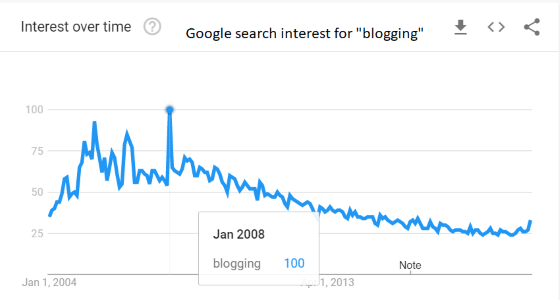
Why do I think this? The simple fact is writing is hard. I have literally stared at my screen for ten minutes thinking of what to write, ending up with this sentence [9].
People think I write like this:
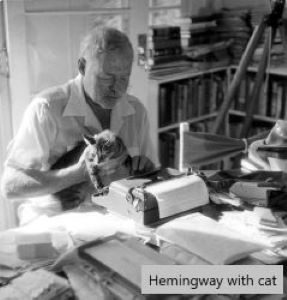
When instead I’m often like this:
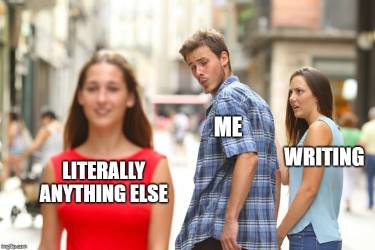
Most people writing now will give up after a while, once the difficulty outwears the novelty. The key to survival then is to just keep swimming and spamming creating content.
I do so by keeping in mind why I write. I write for myself first and foremost, since “I don’t know what I think until I read what I say” [10]. The readership and responses are fantastic to have, and I’ll keep writing as long as I remember the primary, selfish goal. It’s not you, it’s me.
The annual reflection was a convenient excuse for me to think about the future for this newsletter. Like every startup out there, I think of this as a flywheel:
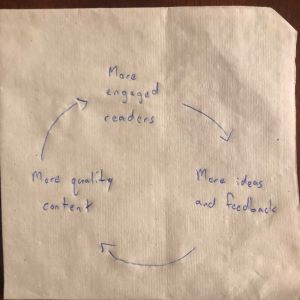
Readership has grown compared to when I was directly emailing family and friends years ago. Despite that, my open rates of ~60% are way above industry average of 20% and best in class of 40%. I need your help to keep that going, and prefer quality to quantity. To that end, please unsubscribe if you’re no longer interested [11].
More engaged readers led to more ideas and feedback, a great benefit of writing publicly. You can compare an early version of this newsletter against the current to see how much has changed. The takeaway section upfront, separate sections, and opening banner all involved user feedback; see footnote for details [12]. Please continue to send in ideas and feedback, and correct me if I’m wrong.
Which brings me to more quality content, and my experiment with weekly updates for paid subscribers [13]. I want to see if there’s a small subset of subscribers that would be interested in getting content more often on a weekly, paid basis. Details are:
-
Pricing is $6/mth or $60/year. Early subscribers will get pricing of $5/mth or $50/year, a ~20% discount as recommended by substack. I’m intending to keep that as a lifetime pricing for early subs, but can’t guarantee that substack’s tech will let me do that in the future [14].
-
Paid subscribers get early, direct access to weekly content [15]. This will be more varied than the monthly update, such as my prior posts about controversies in the art world or how to take feedback better. They will also be shorter, less polished, and most importantly still available on my website after a delay. You’re really paying for early access to my initial thoughts on whatever I’ve found interesting recently [16].
-
Monthly content will remain free for as long as I keep writing, and remain structured around tech, finance, and personal growth. I anticipate taking more time to draft these and that they will be better quality than the weekly posts.
Please subscribe here if I haven’t already convinced you out of doing so
If you were an early reader, I may have given you a complimentary subscription that didn’t do anything. I’ll be downgrading all of these since I don’t want to opt you in to weekly emails without your consent. If you’d like to retain your status for free, send me a message. I’ll do so, no questions asked, as part of my earlier promise to grandfather in early readers [17].
Thank you for all the support, and let’s continue to avoid boring people in 2020.
Footnotes
- Note that I said favourite pieces, not necessarily the best or most popular. Just as people can like Love Actually, I can like something without it being good. Pieces that missed the cutoff included my notes from an investment conference, additional marketplace business rake factors, illusions in time, and how likely were you to accept grandma’s video game friend request?
- Links that missed the cutoff included how Mr Rogers anticipated the way children might misinterpret what was being said, the O-ring theory of development describing when one weak link can destroy the entire value of production, a thousand true fans are all you need, how peak depressive symptoms in girls occur earlier than in boys, and how students learn more in active learning classes but dislike it and think they learn less.
- I elaborated on Pettis’ post here
- I responded to Josh in a post here
- As always, nothing I write is financial advice, please consult a professional financial advisor etc. Don’t sue me; I have no money.
- It was still helpful though! Would encourage you to do a reflection regardless of how late it is.
- The others included Anne-Laure Le Cunff, Kelly Thorne Gore, and Henna Inam
- No, I’m not a subscriber. Just a top google search result.
- Yes, that really happened. I gave up and went to bed shortly after. What follows was written on a separate day.
- Flannery O’Connor
- I’ve regularly reminded people to unsubscribe, so this should come as no surprise to older readers. If I could, I’d make the unsubscribe button all the way at the top of the email, but there’s technical limitations on substack. Friends and family - I really won’t feel offended if you unsubscribe.
- At one point in time I was trying to link together unrelated topics into one coherent narrative, as seen in this example. That took a lot of time but didn’t seem to improve reader engagement, leading to me experimenting with the separate sections. The takeaways up top were directly suggested by a friend who essentially said I was too long-winded. The banner from another who suggested I was forgettable. The post on AI was from a conversation with a friend, and the Taleb article was sent in by a friend. I think the newsletter is better now than it was even a year ago, and look forward to it improving even more.
- The keyword here being experiment, which means there’s a chance this blows up in my face. I believe in more experimentation in my personal life
- I would charge lower, but $5/mth is the minimum allowed on substack. Substack charges 10% plus ~3% for credit card fees.
- When I started out, I thought I might charge for the monthly updates and give the weeklies for free. However, it makes more sense to ask more engaged readers to pay instead.
- I’m doing a terrible job of selling this aren’t I. However, I believe that this is worth trying out and only want paid readers that really want it. I’m still maintaining the personal website, as it has functionality that substack doesn’t and I want to keep something entirely of my own.
- Honour system here, I can’t keep track of everyone who was given a complimentary subscription. Please don’t be shy about it; if I were in your shoes I’d totally ask to get upgraded for free
If you liked this, sign up for my monthly finance and tech newsletter:

